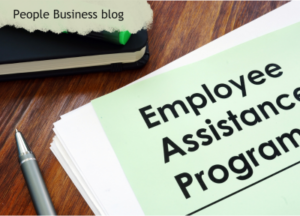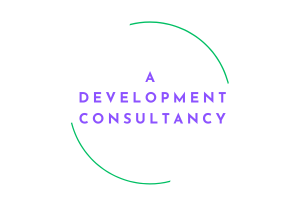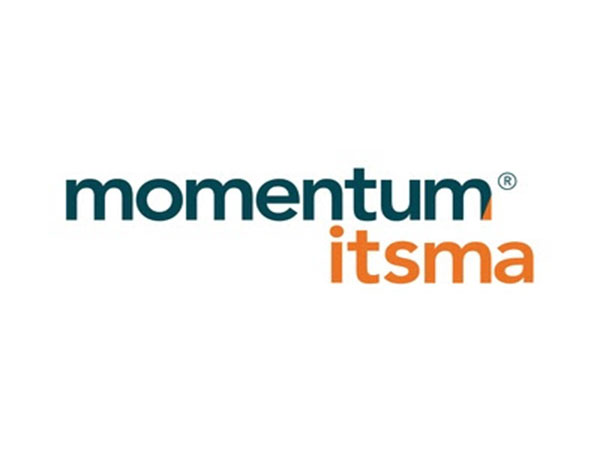10 tips on how to increase Employee Assistance Programme (EAP) engagement
 When talking about wellbeing with clients, something we often hear is, “We have an employee assistance programme (EAP) but nobody uses it”. Why is this so and how can they increase EAP engagement? There are many reasons why an employee may be discouraged from taking advantage of their employer’s EAP. Here are the most common reasons:
When talking about wellbeing with clients, something we often hear is, “We have an employee assistance programme (EAP) but nobody uses it”. Why is this so and how can they increase EAP engagement? There are many reasons why an employee may be discouraged from taking advantage of their employer’s EAP. Here are the most common reasons:
- lack of knowledge over what EAPs are or how to access them
- concerns over confidentiality
- employees feel there is a stigma associated with using EAP support services
- employees think their issue isn’t important enough.
Encouraging employees to use the wellbeing tools and EAP provided by a company is essential for their overall health, happiness and productivity. So here are our 10 tips on how to increase EAP engagement and promote their usage.
1. Awareness and communication
- Implement a communication plan to advertise the EAP/wellbeing tools. Use multiple channels – email, intranet, posters, internal newsletters, chat groups etc. to promote them.
- Clearly communicate the benefits both of the EAP itself (for example, confidential counselling, stress management, financial advice) and of using these tools (for example a better work/life balance, reduced stress, increased productivity and improved mental health).
- Ensure that employees know how to access the EAP/wellbeing tools and provide clear instructions on how to use the services.
- Highlight the confidential nature of the services to alleviate concerns about privacy.
- Continuously remind employees of the availability and benefits of the wellbeing tools through regular updates, testimonials and success stories.
2. Lead by example
- Encourage leaders and managers to actively use and promote the EAP; when employees see that these resources are valued from above, they are more likely to use them too.
- Train managers to recognise signs of stress in their team and how to support employees in using the EAP; managers can play a critical role in fostering a culture of wellbeing.
- Encourage company leaders to periodically communicate with employees about the importance of using wellbeing tools and share their own experiences and successes.
3. Tailor your approach
- Personalise your communications to different employee groups or demographics; highlight specific features of the EAP that may be particularly relevant to certain segments of your workforce, e.g. parents, employees who care for dependents etc.
4. Incorporate wellbeing into your company culture
- Ensure that wellbeing is integrated into your company’s core values and missions. This sends a clear message that employee wellbeing is a top priority.
- Integrate the EAP/wellbeing tools into broader wellness programmes. Ensure that they complement other initiatives, for example fitness challenges, mindfulness workshops or mental health seminars.
- Appoint wellbeing champions who advocate for and encourage the use of the tools within the company.
5. Training and education on your EAP
- Offer training sessions to educate employees on how to use the tools effectively; this could include tutorials, best practices and success stories.
6. Feedback and improvement
- Establish a feedback system for employees to share their thoughts on the wellbeing tools; use this feedback to make improvements and enhancements.
7. Gamification and rewards
- Create a sense of competition or achievement by introducing gamification elements to encourage employees to use the tools regularly.
- Offer incentives or rewards for consistent use of the wellbeing tools; these incentives could include wellness-related perks, extra time off, gift cards etc.
8. Integration with daily work routine
- Make it easy for employees to incorporate wellbeing activities into their daily routines; for example, integrate short mindfulness exercises into break times or promote the use of health-related apps and trackers.
9. Long-term commitment to your EAP
- Ensure that the company’s commitment to employee wellbeing is sustained over the long terms – consistency in promoting these tools is crucial.
10. Measure and celebrate success
- Measure the impact of wellbeing tools through data analytics and employee surveys. Celebrate and share successes and improvements as a result of their use.
Remember that promoting the use of an EAP and wellbeing tools is an ongoing effort and creating a culture of wellbeing takes time and commitment from leadership and the entire organisation. By implementing these strategies, you can encourage more employees to take advantage of the wellbeing resources provided by the company, leading to a healthier and more engaged workforce.
If you’d like help in implementing a wellbeing strategy for your company, contact our HR Consultant Natalie Chotai at Natalie.chotai@peoplebusiness.co.uk. And to find out more about our wellbeing programme, click through to our WorkWell wellbeing programme webpage.




